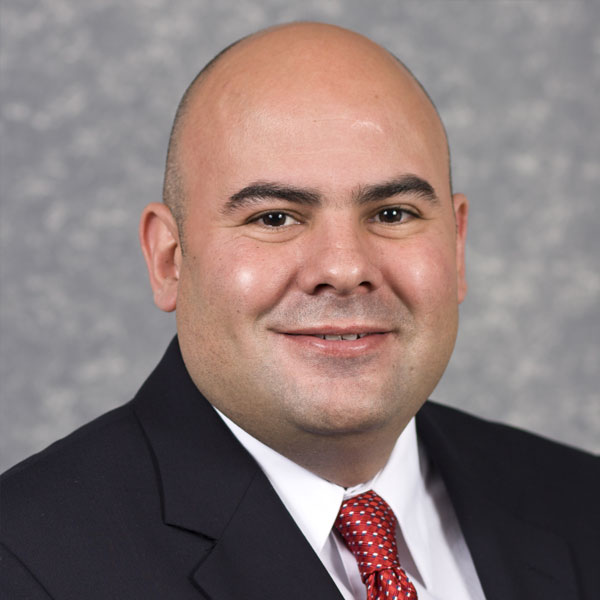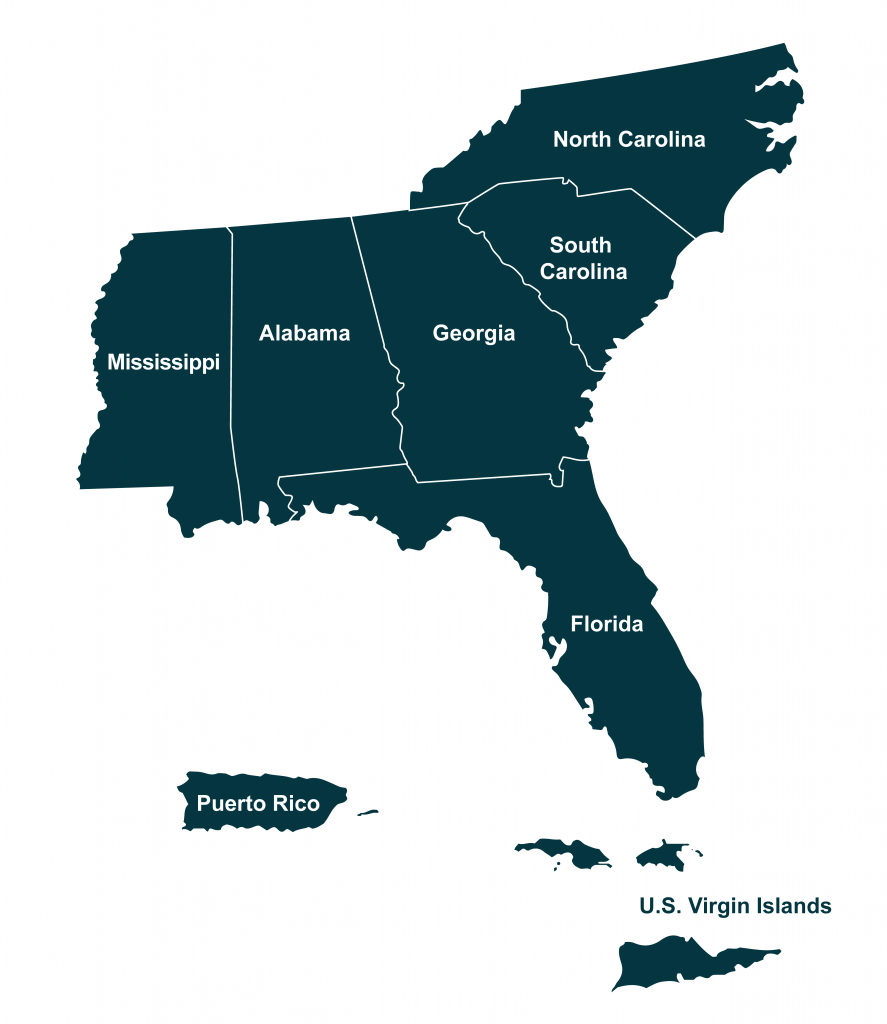The Evaluation Team provides a formal monitoring and evaluation strategy to SCCAHS by completing center-wide evaluations of process, outcomes, and impact of the Center’s core activities. This team assists the Center’s leadership core through evaluation plans, logic models, and timely reporting of the Center’s activities to the sponsoring agency.
An integral component of SCCAHS, the Evaluation Team frequently collects monitoring and evaluation data to analyze the quality and effectiveness of the Center’s branches. These findings are shared with stakeholders who provide feedback on the Center’s operations, maintaining an open line of communication and engagement with other Ag Centers in the southeast.








